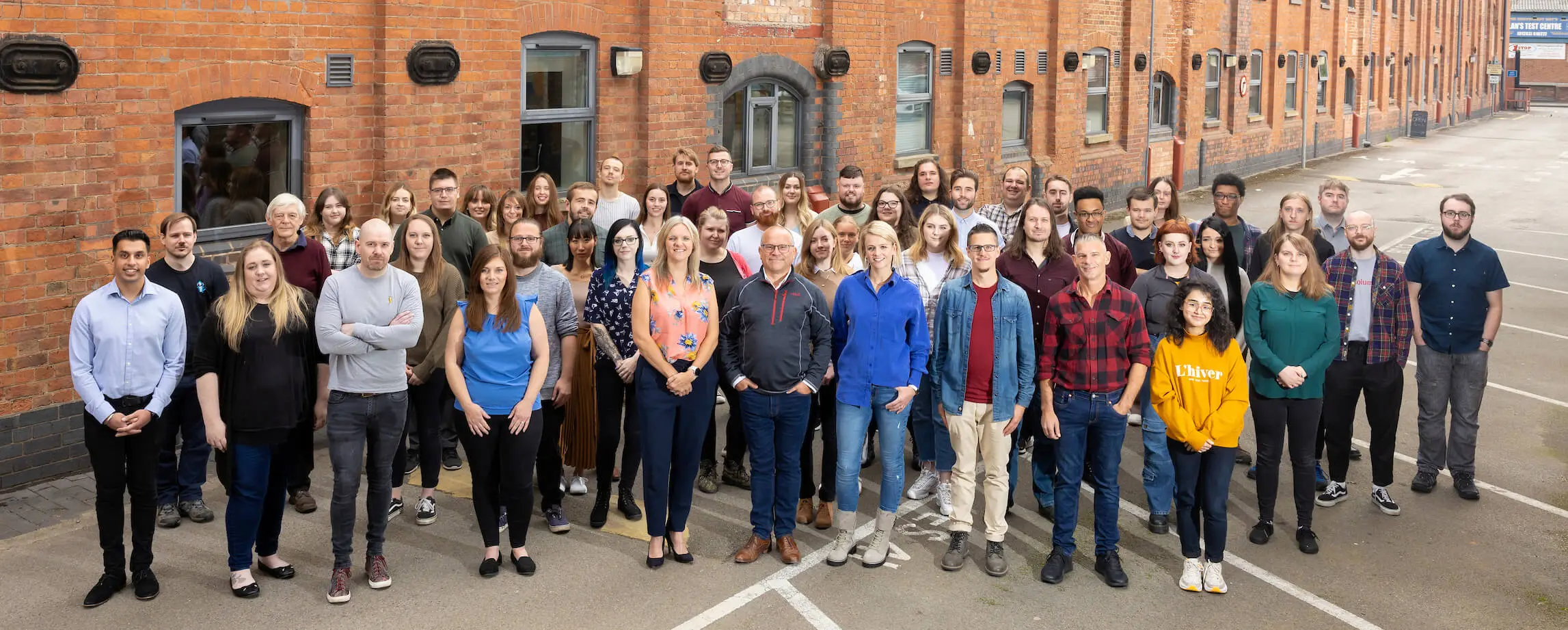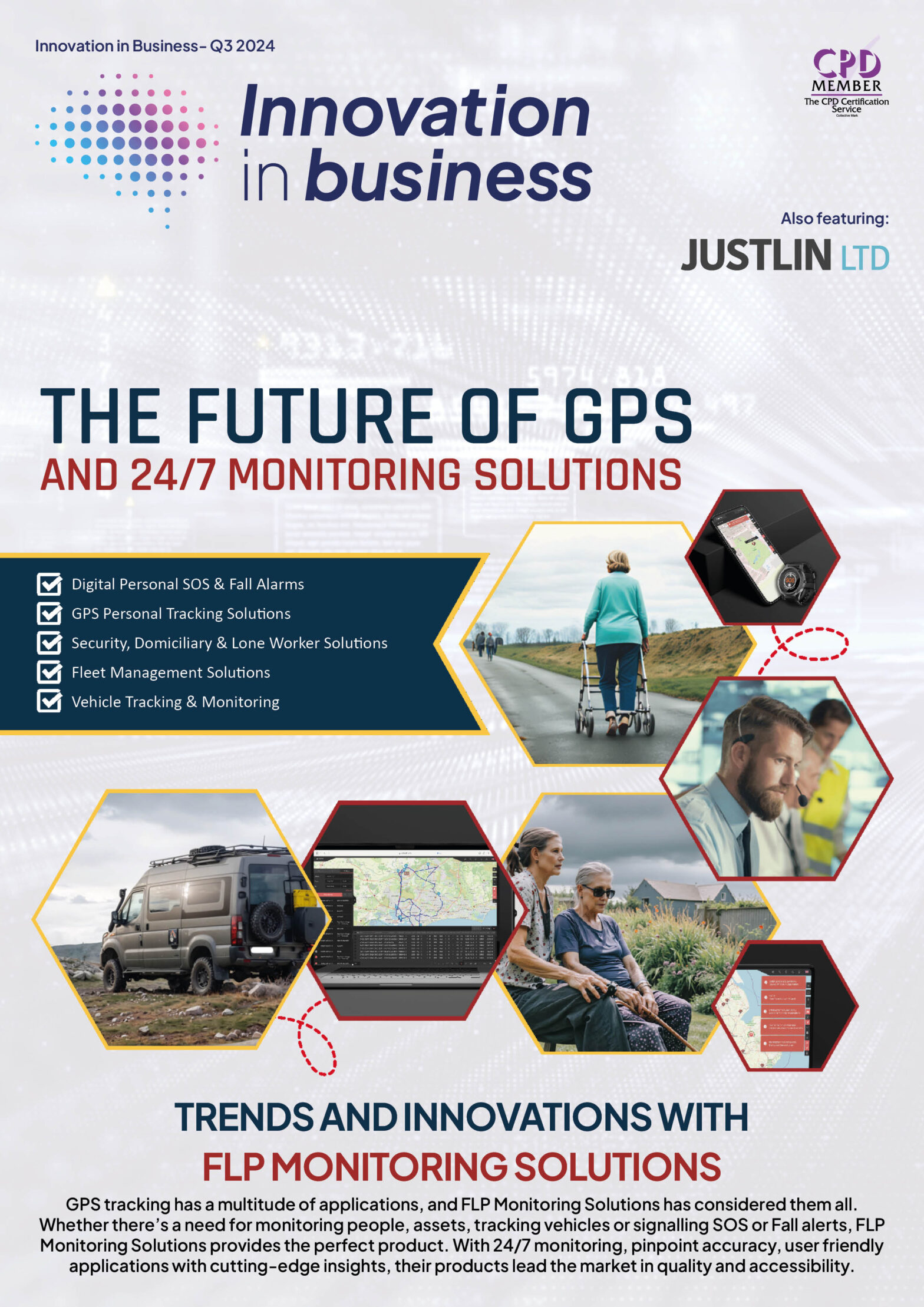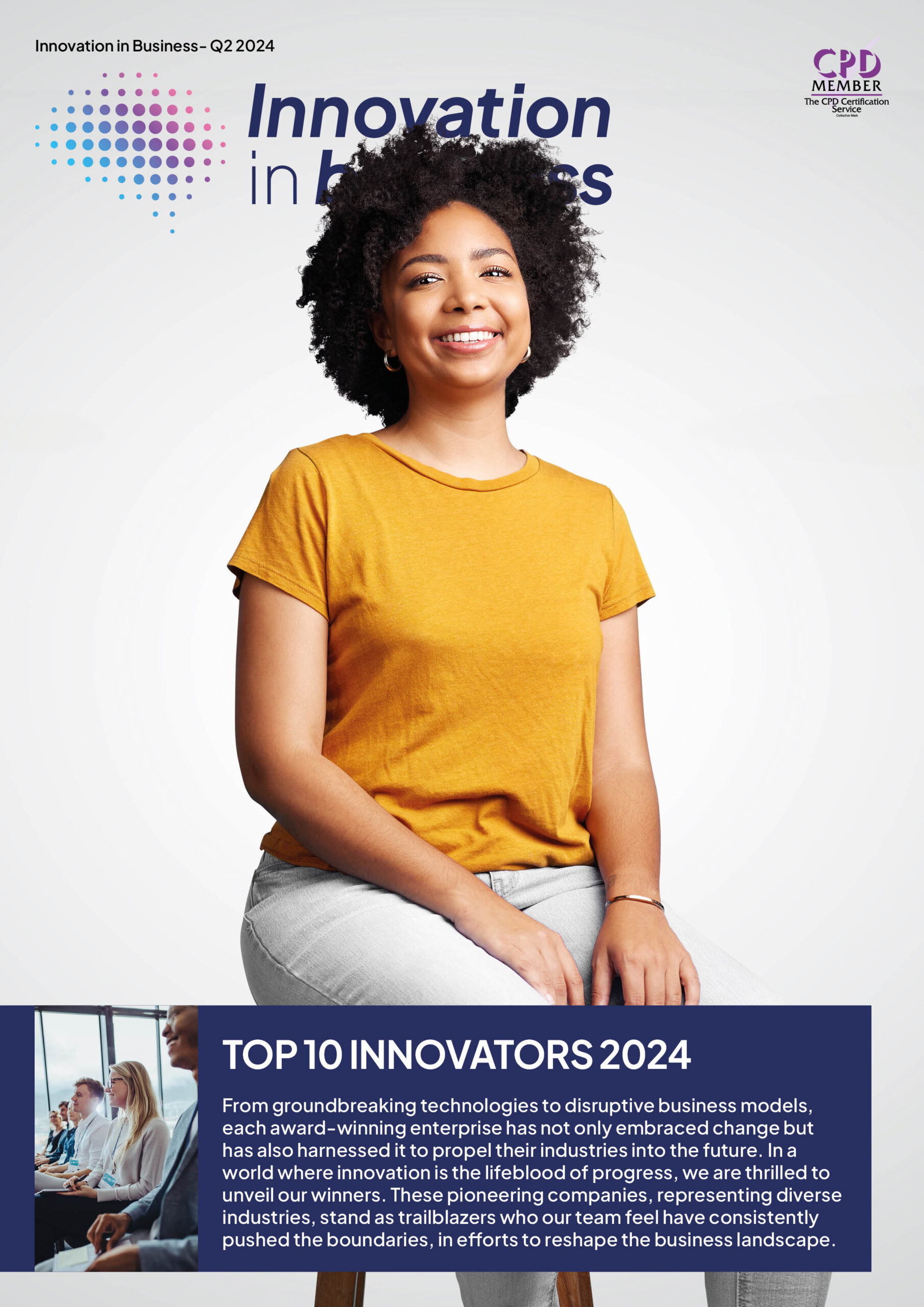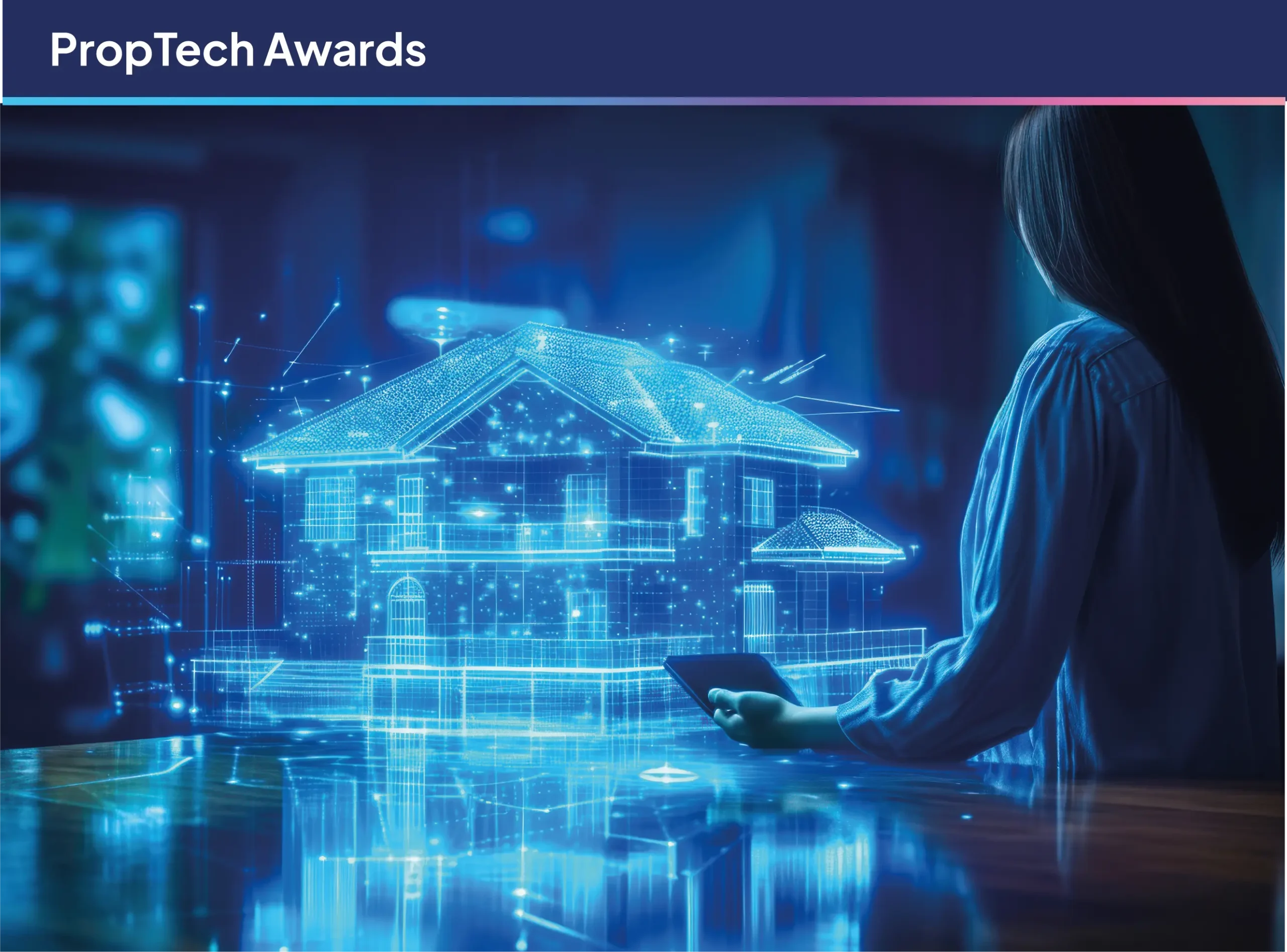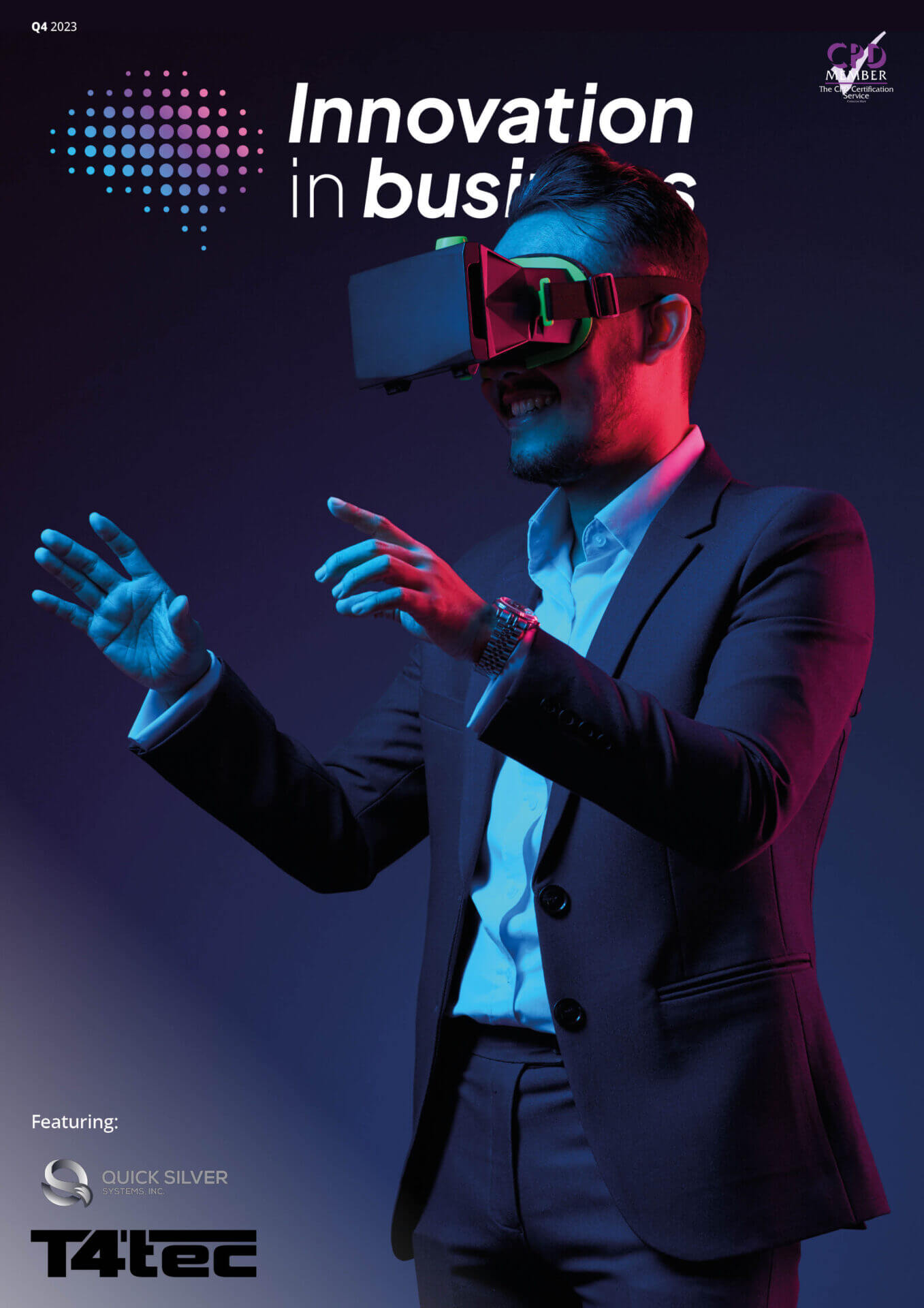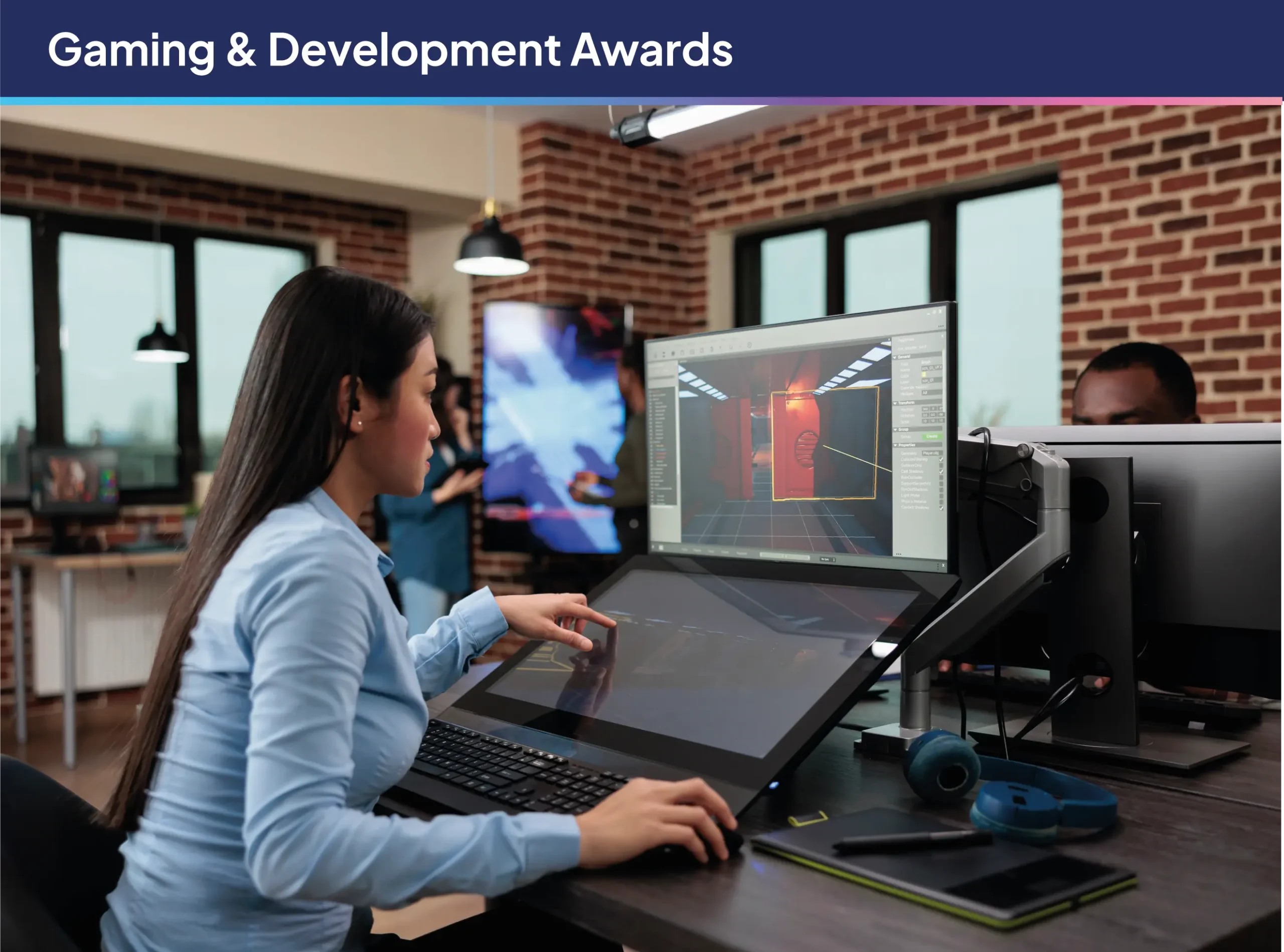
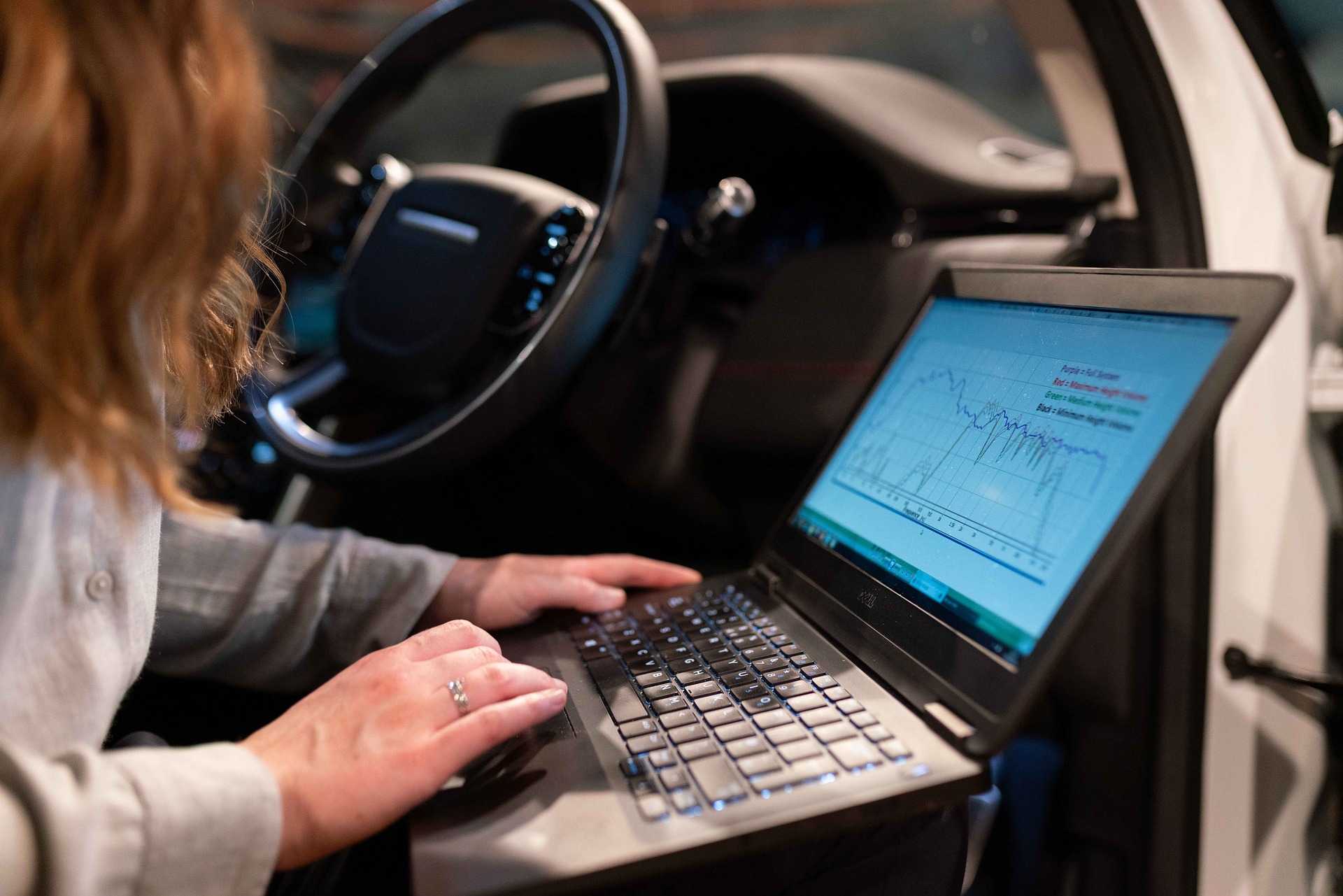
How Software is Revolutionising the Automotive Industry
The automotive industry can benefit from software for enhanced efficiency, safety, and innovation. Depending on the software, it can perform wonders for the industry, from advanced driver-assistance systems to autonomous driving capabilities and efficient vehicle management.
In addition, many software-driven solutions facilitate rapid updates, improving vehicle performance and adapting to evolving technology. They can optimise company operations, enhancing user experience and helping to propel the automotive industry forward.
Here’s how software is revolutionising the automotive industry.
- Artificial Intelligence
The automotive industry extensively leverages Artificial Intelligence (AI) to enhance various aspects of design, manufacturing, and driving experiences. In design and development, AI aids in creating innovative vehicle features, optimising aerodynamics, and conducting simulations to improve safety and efficiency. AI-driven algorithms analyse vast datasets to predict trends, enabling manufacturers to make informed decisions about market demands and consumer preferences.
During the manufacturing of vehicles, AI plays a pivotal role in process optimisation, predictive maintenance, and quality control. Some factories use AI to automate production lines, ensuring efficiency and minimising errors. Predictive maintenance algorithms analyse data gathered through sensors to anticipate equipment failures, reducing downtime and costs.
AI also transformed the driving experience through Advanced Driver Assistance Systems (ADAS) and autonomous vehicles. Machine learning algorithms process real-time data from sensors, cameras, and radar to enhance safety features like lane-keeping assistance, adaptive cruise control, and collision avoidance.
Moreover, AI enables the development of self-driving vehicles by interpreting complex traffic scenarios, making split-second decisions, and improving navigation systems. The industry’s pursuit to become fully autonomous relies on AI for mapping, object recognition, and decision-making, promising safer and more efficient transportation systems.
- Engine Developments
Over the next two decades, we anticipate bidding farewell to the conventional combustible engines that have powered traditional cars since their inception. The rise of electric vehicles is inevitable, driven not only by their environmental sustainability but also by their growing practicality. Electric Vehicles (EVs) can gain widespread popularity as advancements in technology and infrastructure support their integration into mainstream transportation.
Another way the automotive industry can integrate software extensively in engine development is to enhance performance, efficiency, and emissions control. Simulation software allows engineers to model and analyse various engine components, optimising design parameters for combustion efficiency and fuel economy.
In addition, engine management software utilises algorithms and sensors to control fuel injection, ignition timing, and other parameters in real-time, optimising engine performance under different driving conditions. Virtual testing through software helps identify potential issues, streamlining the development process and reducing the need for extensive physical prototyping.
- Automated Vehicles
The automotive industry utilises software for developing and deploying Automated Vehicles (AVs). In AVs, software plays a pivotal role in sensor fusion, processing data from various sources like cameras, LiDAR, and radar for a comprehensive understanding of the vehicle’s surroundings. Machine Learning algorithms within the software enable pattern recognition, aiding in object detection and decision-making.
Furthermore, software governs the behaviour of the AV through complex algorithms that manage navigation, traffic prediction, and collision avoidance. Advanced Driver Assistance Systems (ADAS) are integral, using software to implement features like lane-keeping assistance, adaptive cruise control, and automatic emergency braking.
In the testing and validation phase, simulation software is crucial for replicating diverse driving scenarios, ensuring the safety and reliability of AVs. In addition, over-the-air software updates can enhance functionality, address vulnerabilities, and adapt to evolving traffic conditions. Cybersecurity software is imperative to safeguard AVs from potential cyber threats, ensuring the integrity of communication networks and protecting against unauthorised access.
Overall, software is the linchpin for the successful integration and operation of Automated Vehicles, driving advancements in safety and realising a future where autonomous transportation becomes a widespread reality. As the automotive sector advances rapidly in automated vehicles, the demand for competent Automotive Software Engineers has increased. Creating the software backbone for autonomous driving necessitates a specialist skill set, making recruitment an essential component of success in this industry. Companies frequently struggle to recruit employees with the necessary skills for automated vehicles. This is where a dedicated automotive software engineer recruitment specialist becomes an invaluable partner.
- Health Monitoring
In the future, vehicles are poised to feature health monitoring devices, potentially entering the commercial market as early as 2025. Cutting-edge technologies that can monitor heart rate and systems for detecting distracted driving and fatigue can spearhead this advancement in automotive safety. These innovations are closely aligned with the Internet of Things (IoT) concept, seamlessly integrating with a car’s software.
Integrating health monitoring devices into vehicles involves wireless connectivity with devices such as fitness trackers and health apps, fostering a comprehensive approach to monitoring and enhancing the well-being of drivers.
By incorporating health-related features into vehicle systems, the automotive industry is pushing safety boundaries while embracing a holistic approach to the driver’s health, emphasising the potential to prevent accidents and prioritise the overall well-being of those on the road.
As vehicles become an extension of our connected lives, seamless integration with health apps and wearables creates a holistic approach to driver health. This integration is crucial for preventing accidents and promoting a safer and health-conscious driving experience. It marks a transformative shift in automotive technology, prioritising transportation efficiency and the drivers and passengers’ overall health and safety.
- Internet of Things
The automotive industry can benefit from the Internet of Things (IoT) integration in many ways. First, IoT enables real-time data collection and analysis, fostering predictive vehicle maintenance. Connected cars can transmit performance data, allowing manufacturers to identify potential issues before they escalate. Fleet management becomes more efficient through IoT, optimising routes, fuel consumption, and maintenance schedules.
In addition, enhanced safety features, such as collision detection and emergency response systems, leverage IoT connectivity. IoT facilitates vehicle-to-vehicle communication, reducing traffic congestion and improving overall road safety.
In-car entertainment systems and personalised user experiences also improve with IoT connectivity, transforming the automotive industry by increasing efficiency, safety, and innovation, paving the way for connected and autonomous vehicles that cater to evolving consumer demands and expectations.

Technology
25 March 2025
Ransomware-As-A-Service Variants on the Rise With Critical Infrastructure Providers at the Greatest Risk

Business Advice
25 March 2025
Claims Processing Automation: How Insurers Can Cut Costs and Improve CX

Technology
18 March 2025
Secret Signs Your Internet Security Has Been Compromised



